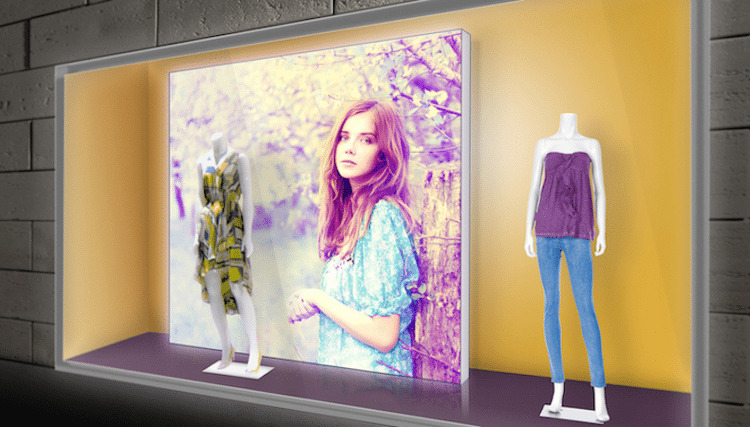Soyang launches HP Latex textile range

Soyang Europe has taken on a range of HP Latex certified textiles for distribution in the UK.
Soyang Europe has announced the availability of a new range of HP Latex certified textiles that leverage the most from the printer manufacturer’s latest latex ink set.
The entire range of fabrics was developed by German textile manufacturer Aurich Textilien in collaboration with HP and are produced at Aurich’s Radevormwald site in Germany. As the company’s exclusive UK and Ireland distributor, Soyang Europe holds stock centrally for next day delivery.
The range comprises a variety of products, including Supernova knitted backlit, DigiFacination lightweight woven fabric, DigiPanorama 250g high quality display fabric and the lightweight DigiCompetition display fabric that’s ideal for stretch frame systems.
These all come with flame retardant ratings and are suitable for sewing, finishing and transporting without noticeable loss of image quality, change in gloss or mark off. They’ve all passed the ISO 105-X12 test for dry rubbing, making them robust enough for soft signage applications, according to Soyang.
“HP and Aurich have worked jointly to optimise this range of fabrics in order to achieve the best latex ink adhesion and thanks to the unique finishing agent, print companies with the latest generation HP Latex printers will see significant benefits,” said Soyang Europe managing director Mark Mashiter.
“The opportunities for printed textile continue to grow, so this is a substantial user base that can now enjoy great potential for incremental business with the new fabrics.”
“We’ve seen an increase in requests from print companies with wide format latex machines for better performing fabrics, so we’re delighted with the response we’ve had already to the new HP Latex certified range,” concluded Mashiter.
Soyang, which expanded its range last year to include new carpet materials for UV, distributes materials available for UV, dye-sublimation and solvent printers up to 5m-wide. It stocks a wide variety of fabrics, PVC materials and self-adhesive vinyls at its 6,500sqm premises in Altham, Lancashire.
Topics
Interested in joining our community?
Enquire today about joining your local FESPA Association or FESPA Direct
Recent news

The importance of ink for large format printers
Ink is crucial for large format inkjet printers, influencing substrate compatibility, productivity, and cost. Nessan Cleary discusses the three main types which include UV-curable ink, latex ink and eco-solvent ink. Each ink type has specific strengths and weaknesses, making printers choice dependent on budget and intended applications.

What are the benefits of Direct-To-Fabric printing?
Direct-to-fabric printing is gaining popularity for high-volume textile production, enabling on-demand, customized short runs. These printers offer ink flexibility, accommodating various fabric types like cotton and silk, though ink development focuses on faster turnaround by reducing pre- and post-processing. Compared to traditional methods, direct-to-fabric inkjet printing is a more sustainable option due to reduced water and chemical usage, and localized production.

What are the opportunities for large format providers regarding digital touch screens?
Digital touchscreens are becoming increasingly common, offering businesses opportunities to improve customer engagement and streamline operations. Nessan Cleary shares, while more expensive to implement than standard digital displays due to complex software and integration needs, touchscreens provide self-service options, multilingual support, and can reduce staffing costs in various settings like retail, transportation, and healthcare.
